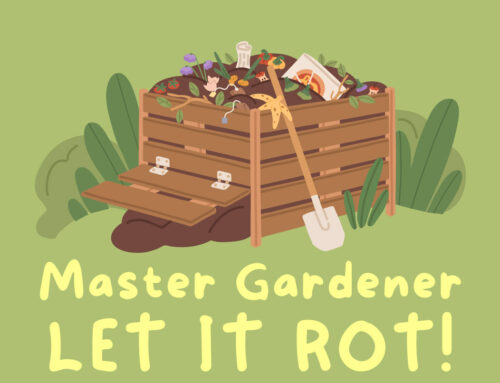In defense of letting land be land
Can we really afford the luxury of public green space?
Plants don’t earn their keep. Grass needs mowing.
Landscapes need water.
I frame the question in financial terms because that’s the way we’re used to thinking about land. Every square foot must account for itself or be accounted for — either by private interests, who hope for a profit; or by government bureaucrats, who hope for tax revenue.
If you remember Lake Highlands before 2008, you probably remember a lot of development for development’s sake — despite an alarming vacancy rate in so much of our commercial real estate. In the past decade, developers brought us an unnecessary (and problematic) Walmart on Forest Lane, and also set the stage for a mixed-use project called the Lake Highlands Town Center.
Then, suddenly, the economy slowed. Instead of a Town Center, we ended up with — Watercrest Park! Pardon my glee, but for once a developer has built something that I really, truly love.
Although I hope Town Center developer Prescott Realty will eventually achieve commercial success at the site, it’s great to see that Lake Highlands is already reaping benefits from our new community gathering spot. Last fall Watercrest Park was the scene of our first-ever, highly successful Oktoberfest. And just a few weeks ago Lake Highlands volunteer groups collaborated to organize LHstrEATS, a food truck fundraiser, with the specific goal of bringing neighbors together while raising awareness of our new town center (small t, small c, big difference).
How valuable is green space in urban environments? Myriad studies over the past few decades have shown that green space has a positive financial impact on a community, because:
• parks and open spaces attract tax-paying businesses and residents;
• city greenery cleans and cools the air;
• vegetated areas provide relief from the “heat island effect” caused by the heat-trapping qualities of asphalt and concrete; and
• ball fields and hike/bike trails promote physical activity and health.
Those are a few positive impacts that can reasonably be connected to a financial benefit, but dollars and cents don’t tell the whole story. The list of intangible benefits is even longer. Studies also show that people who live near green spaces:
• feel a stronger sense of community;
• perform better on tests of concentration;
• cope better with everyday stress and hardship;
• are less aggressive and less violent (including evidence of reduced road rage on streets that are landscaped);
• experience reduced crime, because when people use the green space, more eyes are on watch to prevent crime;
• exhibit lower blood pressure and anxiety levels;
• experience lower mortality rates; and
• heal more quickly. (A Texas A&M study even showed that hospital patients undergoing similar surgeries recovered faster in rooms with a view of trees vs. rooms without the view.)
Despite the cumulative evidence, it’s still hard for people to believe in the positive effects of green space. Some researchers even think we are suffering from a kind of “plant blindness.” It’s not that we don’t see the plants, it’s just that we don’t give them the credit they deserve.
In 2006 Project EverGreen interviewed people to learn whether they agreed with the following statements, both of which are true:
“When landscaping is developed in a neighborhood, there is a decrease in vandalism.” Thirty percent agreed, 70 percent disagreed.
“Improving landscaping can reduce energy costs.” Thirty percent agreed, 70 percent disagreed.
The lesson for Lake Highlands? Preserve the greenery we have, and stop settling for the sun-baked concrete look we’ve been dealt by former developers at our strip malls and shopping centers.
If you feel powerless, think about the recent success of our neighbors to the south who committed themselves to protecting every blade of grass at Winfrey Point. We can do this.





